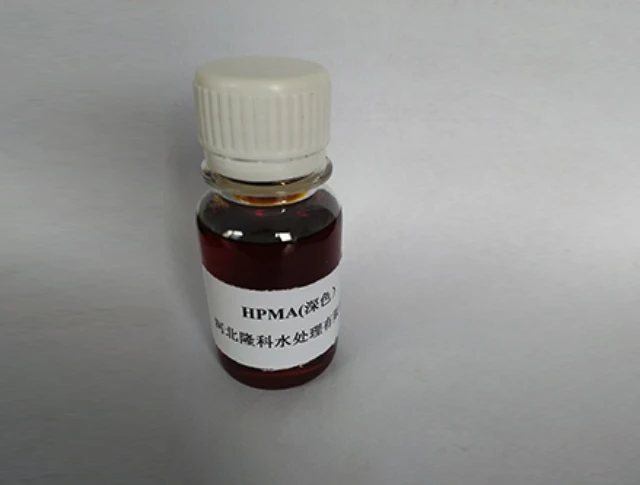polyhydroxycarboxylic acid
Exploring Polyhydroxycarboxylic Acids Structure, Properties, and Applications
Polyhydroxycarboxylic acids (PHCAs) are a fascinating class of organic compounds characterized by multiple hydroxyl (-OH) and carboxyl (-COOH) functional groups within their molecular structure. These compounds exhibit unique properties that make them integral to various fields, including biochemistry, pharmaceuticals, and materials science. This article delves into the structure, properties, synthesis, and applications of polyhydroxycarboxylic acids.
Structure and Properties
The basic structure of polyhydroxycarboxylic acids features one or more carboxylic acid groups, which are known for their acidity, alongside multiple hydroxyl groups that contribute to their alcohol-like properties. The presence of these functional groups results in strong hydrogen bonding capabilities, leading to higher solubility in water compared to traditional carboxylic acids. This solubility is particularly valuable in biological systems, where these compounds can interact with various biological molecules.
Moreover, the physical properties of PHCAs, such as melting points and boiling points, can vary significantly depending on the number of hydroxy and carboxy groups present, as well as their arrangement within the molecule. The stability and reactivity of these compounds are also influenced by intramolecular and intermolecular interactions, making them versatile in both chemical reactions and biological processes.
Synthesis of Polyhydroxycarboxylic Acids
The synthesis of polyhydroxycarboxylic acids can be achieved through several methods, including fermentation, chemical synthesis, and enzymatic reactions. One of the most notable contributions to the field has been the production of these acids through microbial fermentation processes, where certain bacteria and fungi metabolize sugars to produce PHCAs. For Example, the production of gluconic acid and lactobionic acid through fermentation has been widely studied, showcasing the potential of using renewable resources for manufacturing value-added chemicals.
Chemical synthesis methods typically involve multi-step reactions that can include esterification or oxidation of simple sugars or other organic compounds. These methods allow for the precise control of the functional groups and the overall structure of the resulting acids, enabling the design of tailor-made compounds for specific applications.
polyhydroxycarboxylic acid

Applications in Various Fields
Polyhydroxycarboxylic acids have found applications across numerous industries due to their distinctive characteristics. In the pharmaceutical sector, these acids are commonly used as intermediates in the synthesis of drugs and as components in drug formulations. Their ability to form complexes with metal ions also makes them useful in drug delivery systems, improving the solubility and bioavailability of poorly soluble drugs.
Additionally, PHCAs are gaining attention in the field of biodegradable plastics. Polylactic acid (PLA), derived from lactic acid—a type of PHCA—is widely used in packaging materials and disposable items. PLA’s biodegradability offers an environmentally friendly alternative to traditional petroleum-based plastics, thus contributing to reducing plastic pollution.
In food science, polyhydroxycarboxylic acids such as citric acid and tartaric acid serve as natural preservatives and flavoring agents due to their acidic nature and ability to inhibit microbial growth. Their use enhances the safety and shelf-life of food products while providing desirable sensory properties.
Furthermore, in agriculture, PHCAs can be employed as eco-friendly agents in soil amendments, improving nutrient availability and promoting healthy plant growth. Their ability to chelate metal ions plays a significant role in enhancing soil fertility, making them valuable in sustainable agricultural practices.
Conclusion
Polyhydroxycarboxylic acids represent a diverse and important family of compounds that bridge the gap between chemistry and various applications in life sciences, materials, and sustainability. Their unique chemical properties and versatile applications continue to drive research and innovation, opening new avenues for exploration in both industrial and environmental contexts. As concerns regarding sustainability and environmental impact grow, the relevance and potential of polyhydroxycarboxylic acids are likely to expand further, positioning them as key players in the development of greener technologies and products.
-
Pbtc Scale InhibitorPBTC: A Scale Protector for Industrial Water TreatmentNewsAug.05,2025
-
Organic Phosphonate: An Efficient Defender in the Field of Scale InhibitionNewsAug.05,2025
-
Hydrolyzed Polymaleic Anhydride: Green Pioneer in Scale Inhibition FieldNewsAug.05,2025
-
PAPEMP Polyamino Polyether Methylene Phosphonic Acid For SaleNewsAug.05,2025
-
Flocculant Water Treatment: A Pioneer in Purification in the Field of Water TreatmentNewsAug.05,2025
-
Benzyl Isothiazolinone: An Efficient and Broad-Spectrum Antibacterial Protective GuardNewsAug.05,2025





